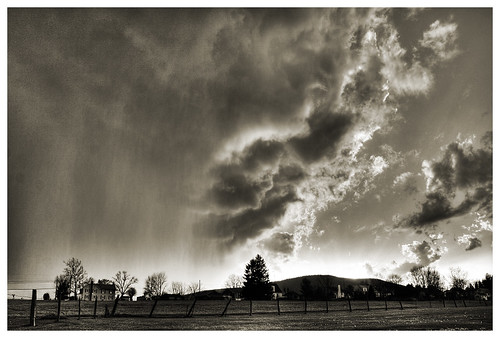Lead is bad? Think again – Research shows pollution from leaded gasoline might have reduced the impact of greenhouse gases
(Source: Autobloggreen)
Before you think we’ve gone crazy, let’s make clear that this is a post about a serious report published in Nature Geoscience. According to this report, lead that was expelled to the atmosphere through exhaust gases stimulated the growth of clouds. Larger clouds imply less solar radiation, which has a definitive cool effect. In this EU funded study, investigators from Switzerland, Germany and the U.S. “captured” clouds on some mountains and compared them to artificial ones created in laboratories. Their conclusion: if the air has some lead suspended in it, temperature and humidity didn’t pay as significant a role in cloud formation.
The Notre-Planete observed “the major part of atmospheric lead comes from human activities, the main sources are coal combustion, gasoline lead, small aircraft flying at the altitude where the clouds form and construction that release lead from ground.
Emissions of greenhouse gases are the main cause of global warming, but the emission of small particles of substances such as lead may have the opposite effect by interacting with water vapor in the atmosphere to trigger the formation of clouds. Depending on their altitude and the thickness of the clouds can reflect sunlight into space or trap the heat radiated by the Earth.
What’s interesting is that their models show that between 1970 and 1980, before unleaded gasoline became common, most dust on the Earth’s suface had lead particles in it. This might have helped more clouds get created, and that reduced the impact of greenhouse gases accumulation in the atmosphere. Though research has proved time and again the ill effects of lead on human health, it is surprising to see the “side effect” that has helpedin guarding the environment.


Hi,
We have just added your latest post “Lead is bad? Think again – Research shows pollution from leaded gasoline might have reduced the impact of greenhouse gases | Transport Gooru” to our Directory of Environment . You can check the inclusion of the post here . We are delighted to invite you to submit all your future posts to the directory for getting a huge base of visitors to your website and gaining a valuable backlink to your site.
Warm Regards
greenatmos.com Team
http://www.greenatmos.com